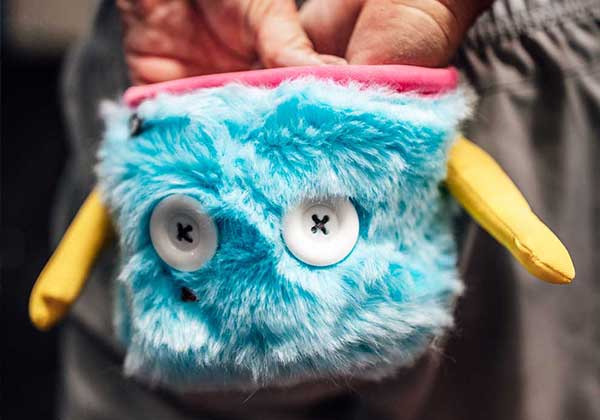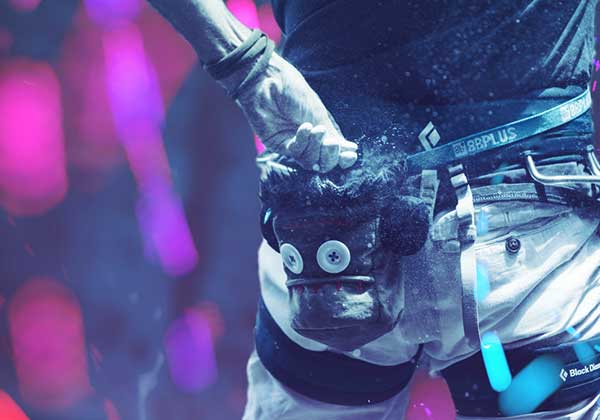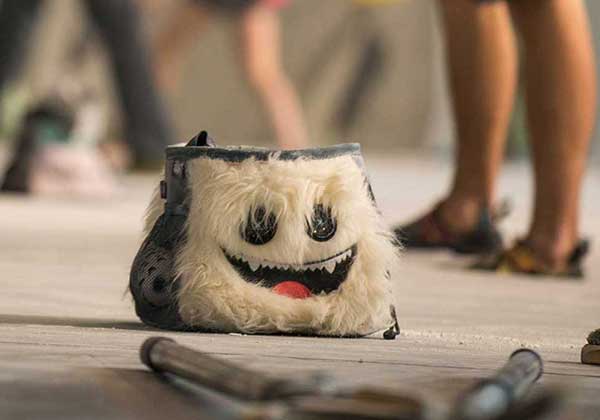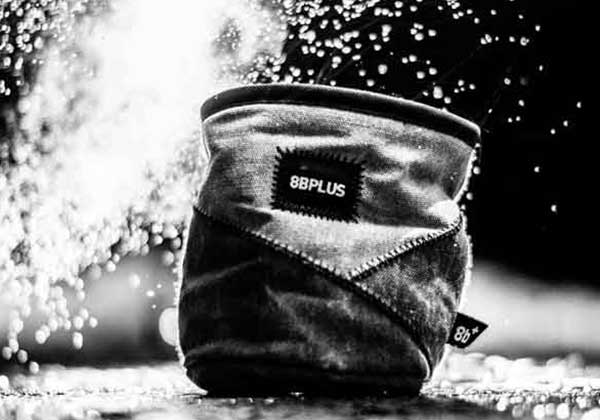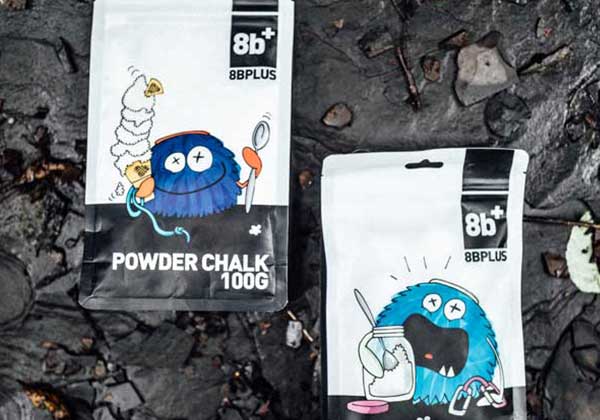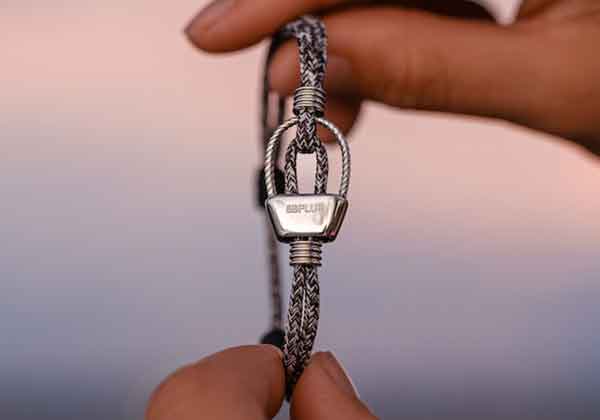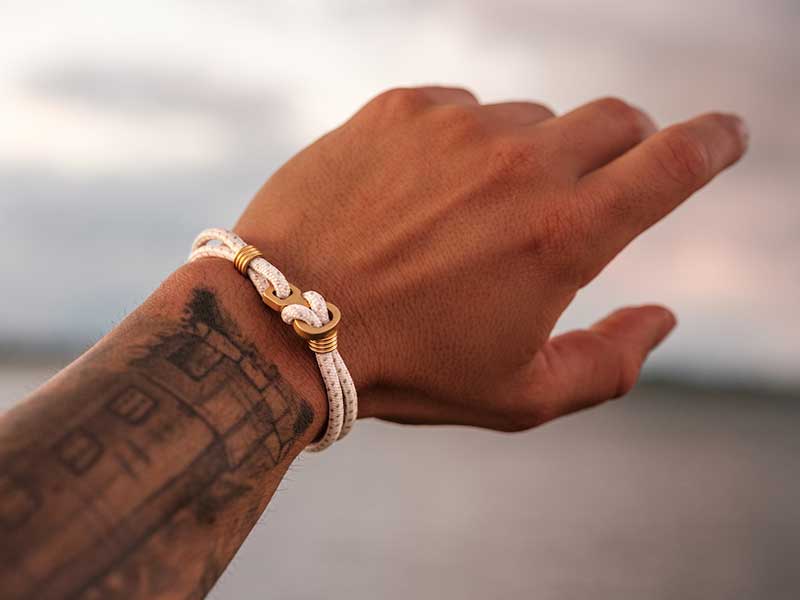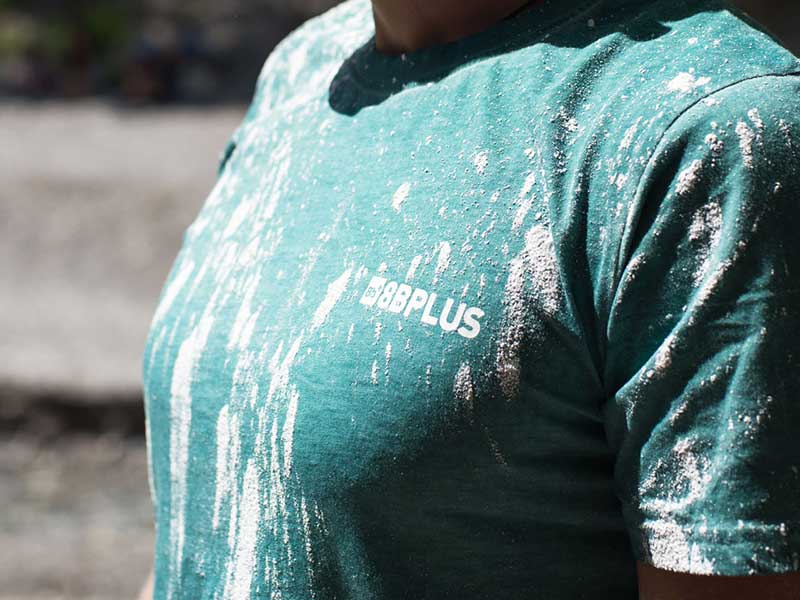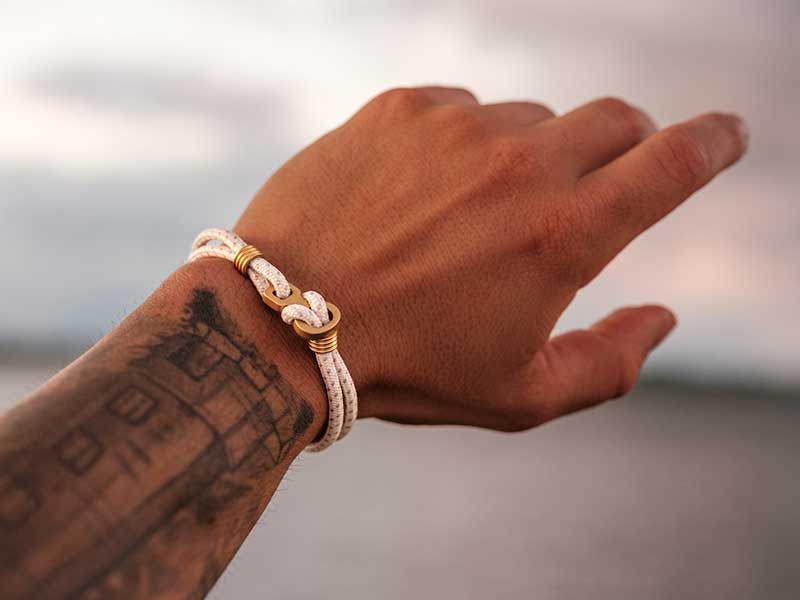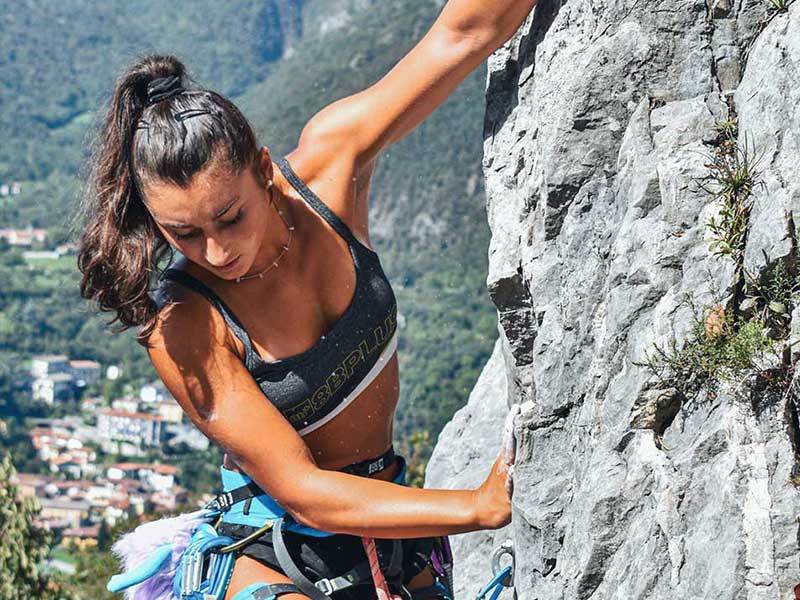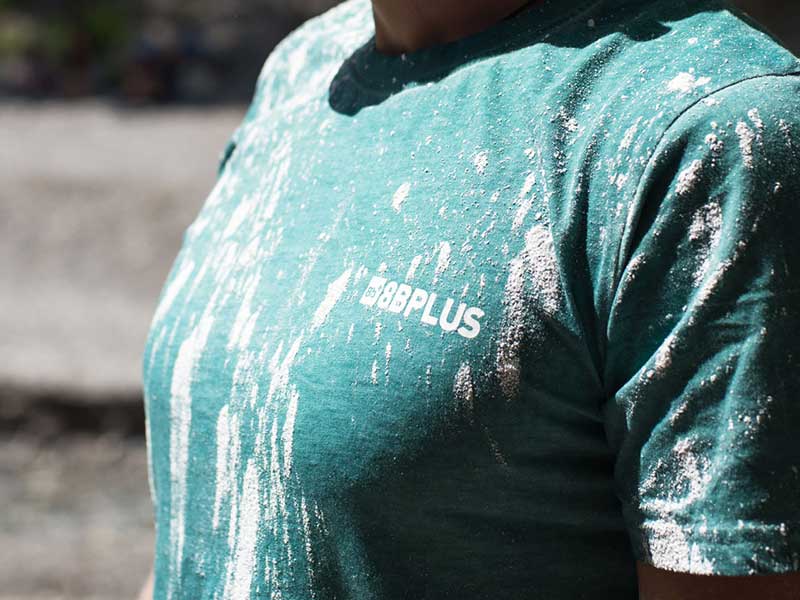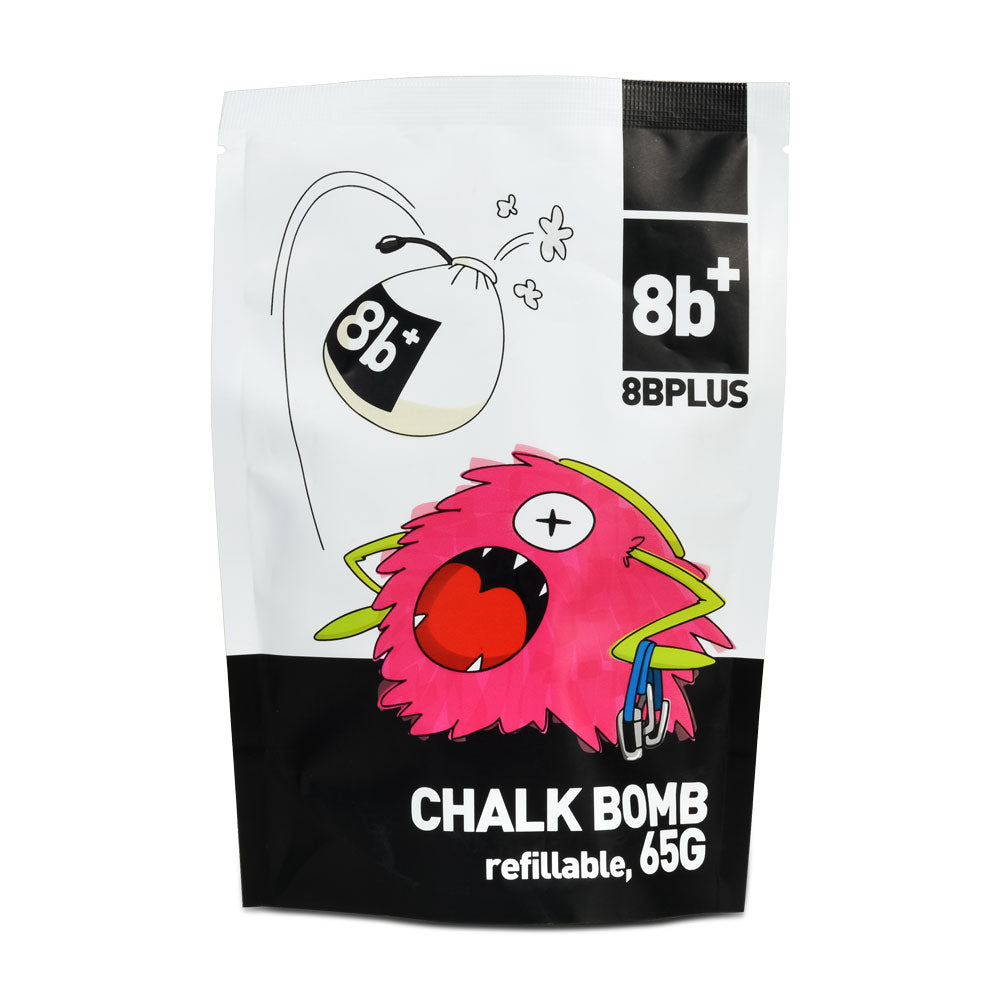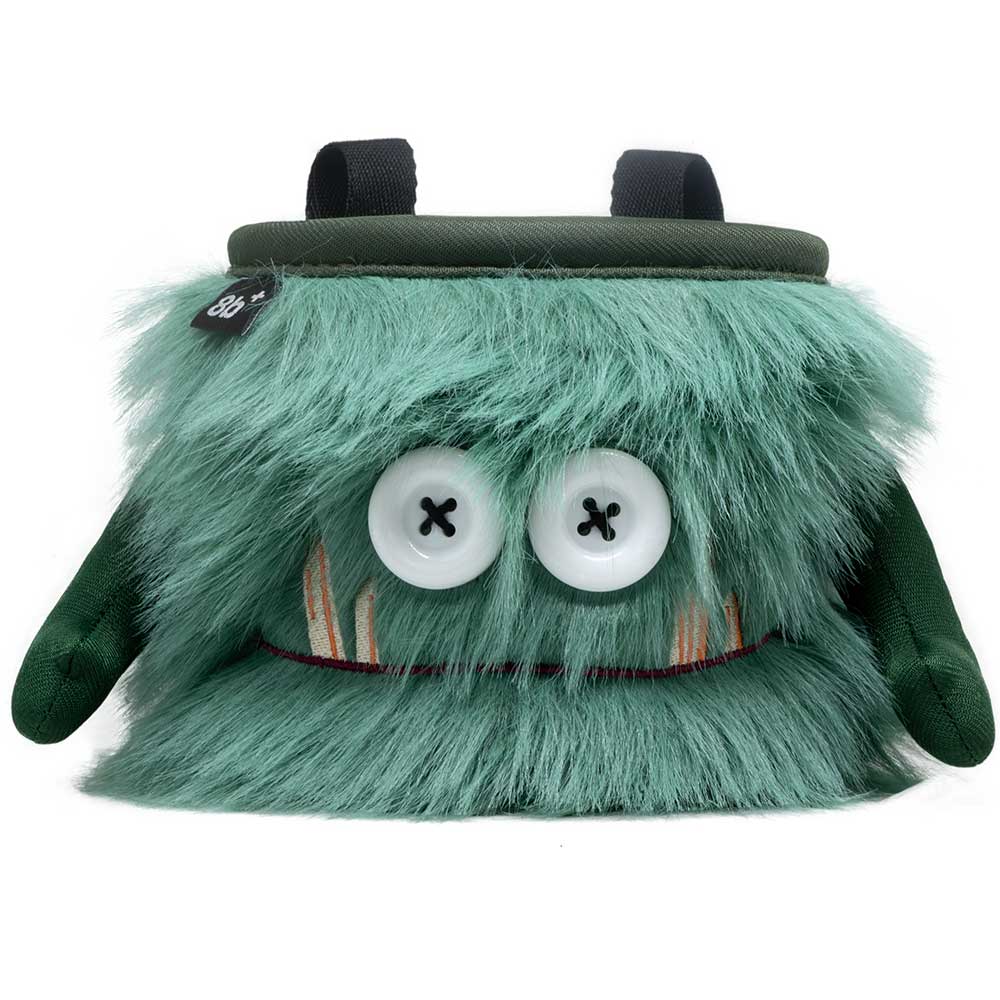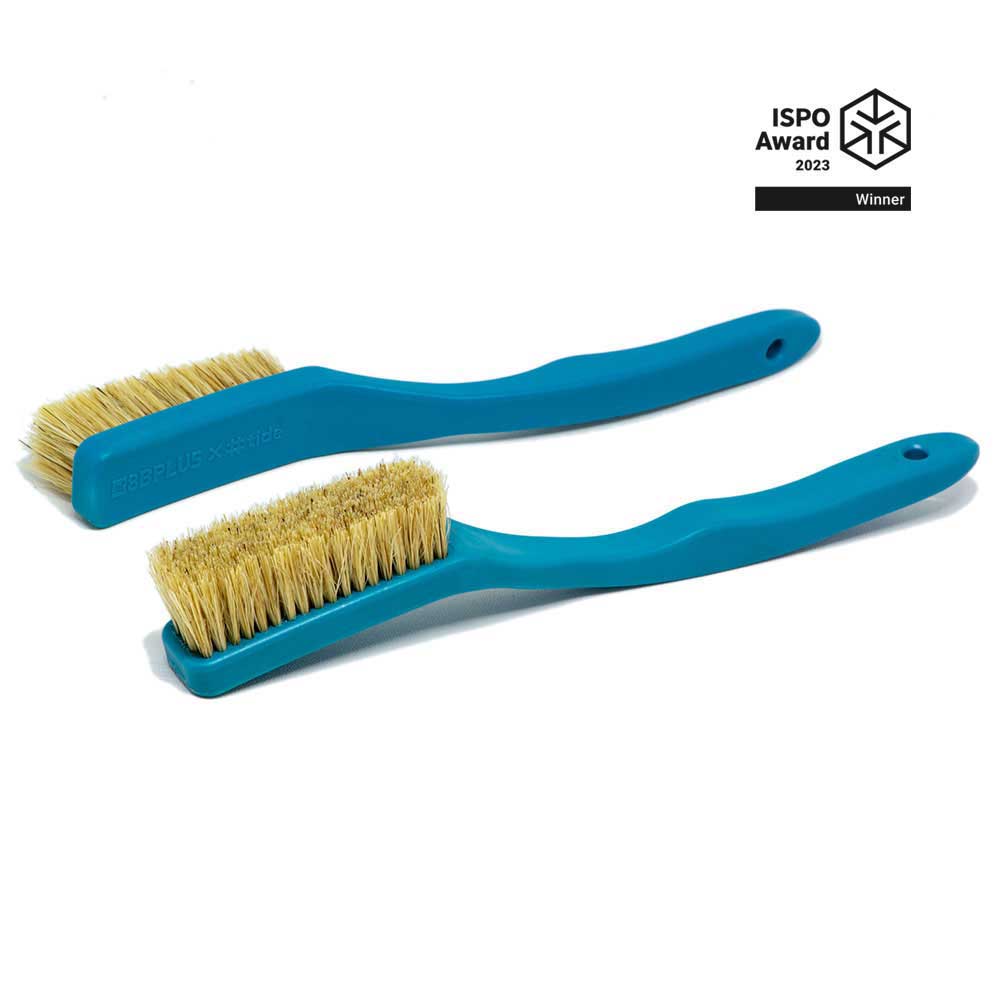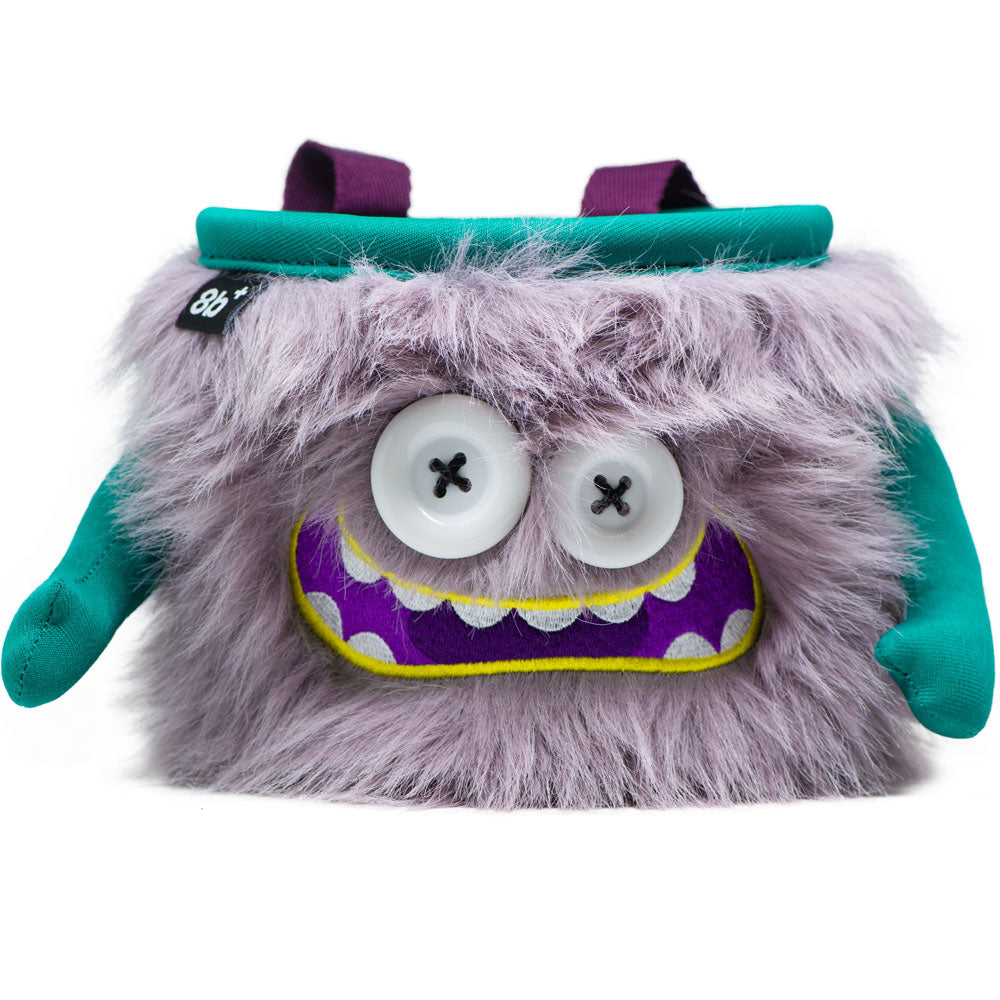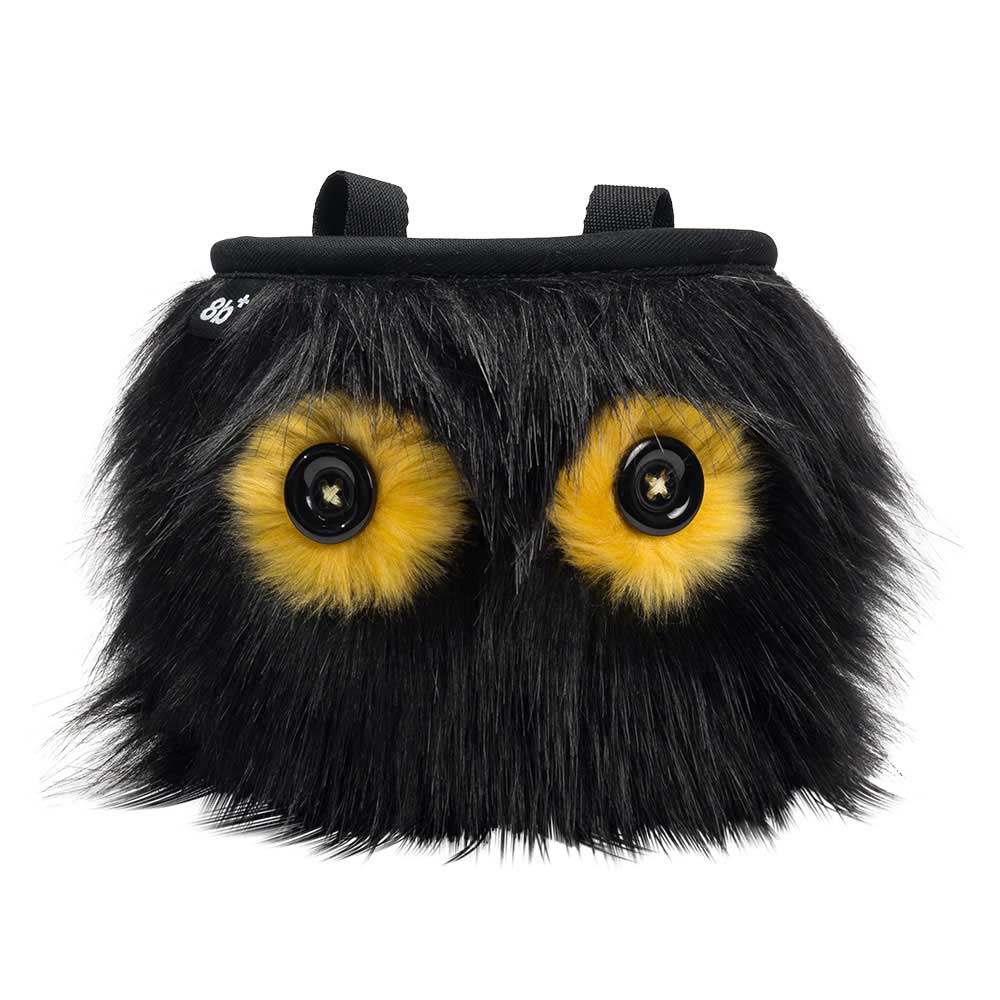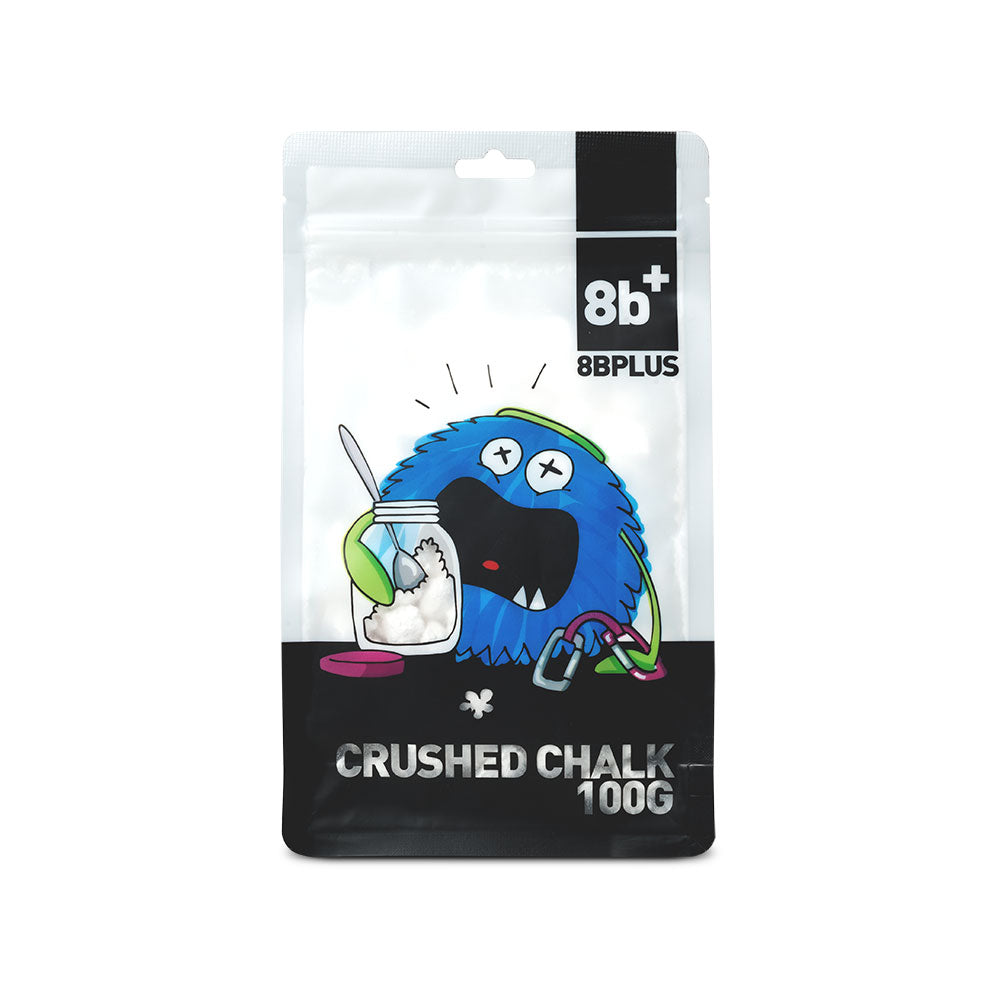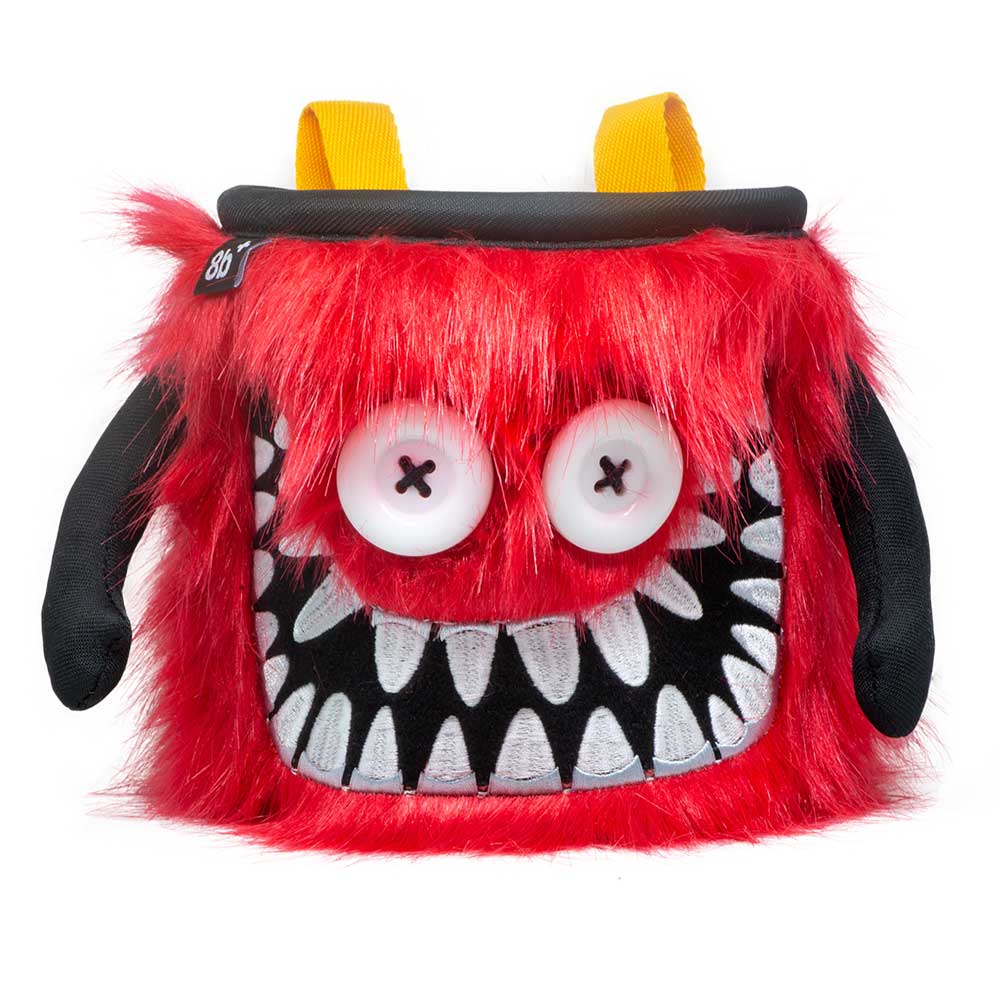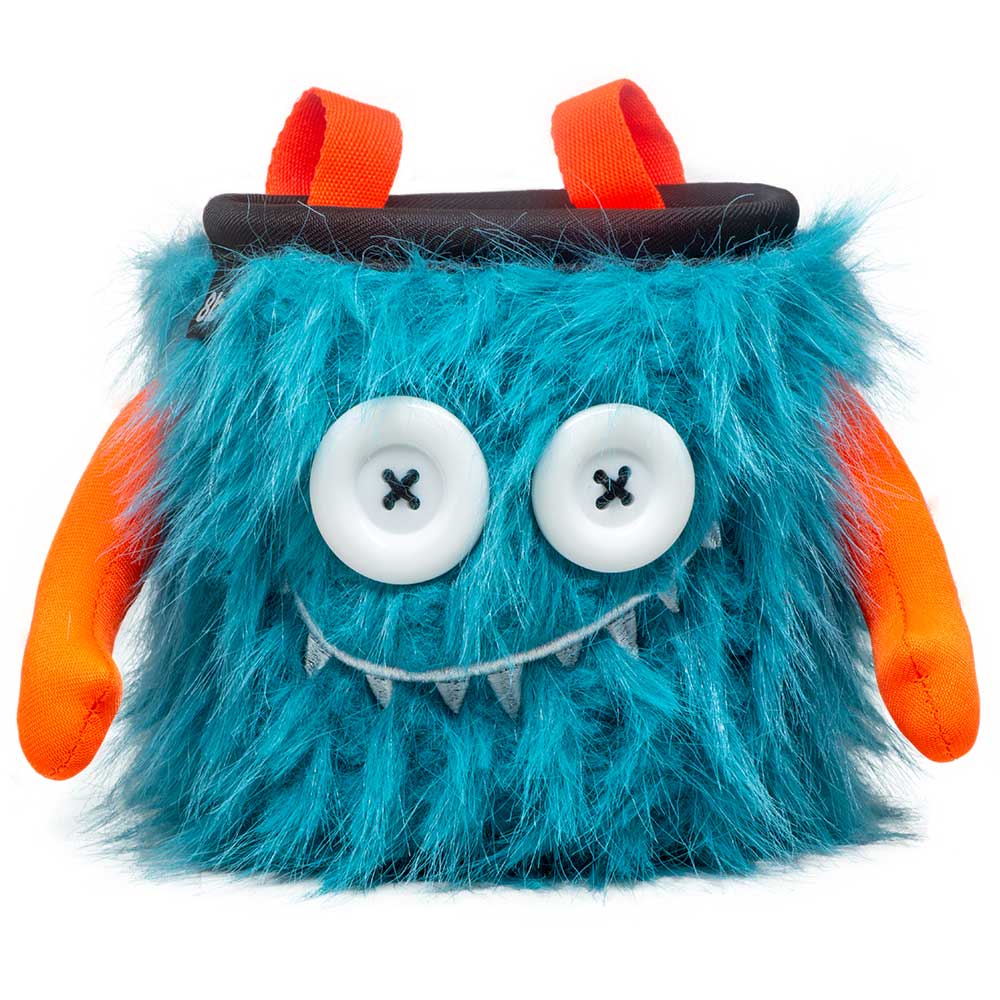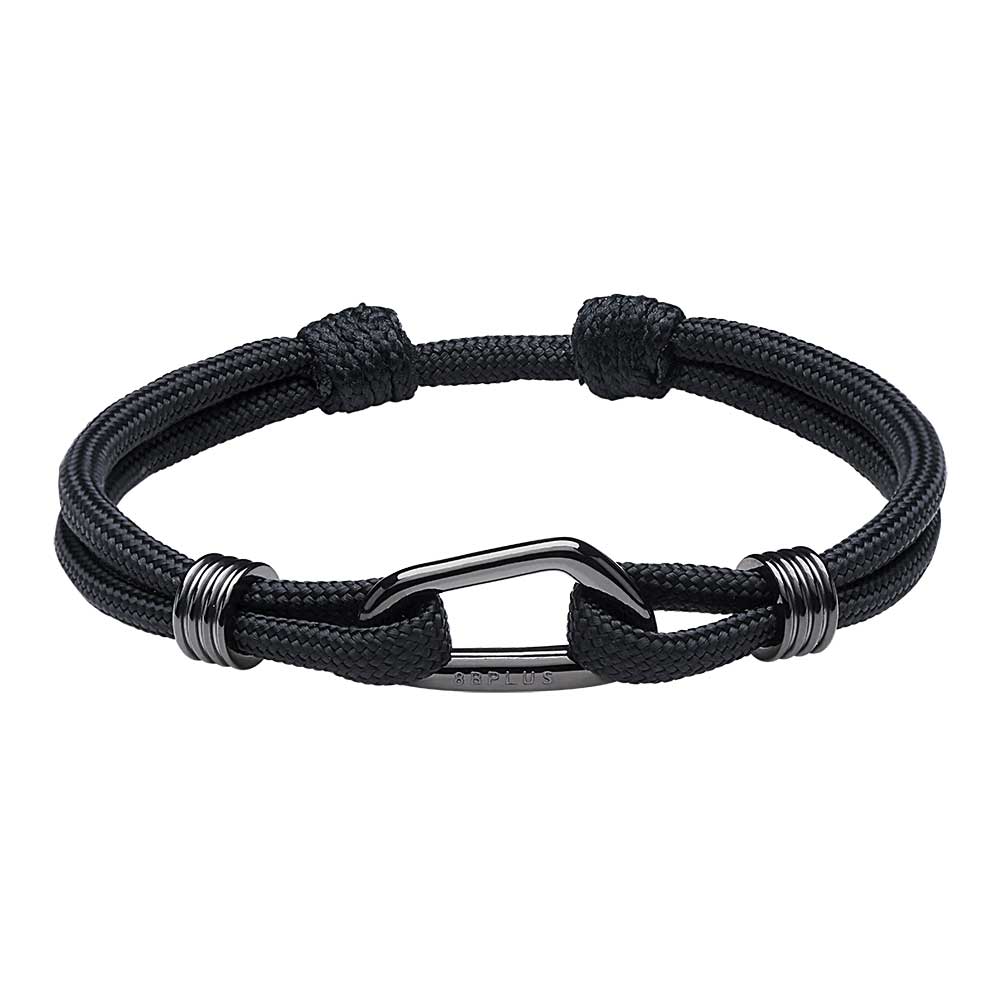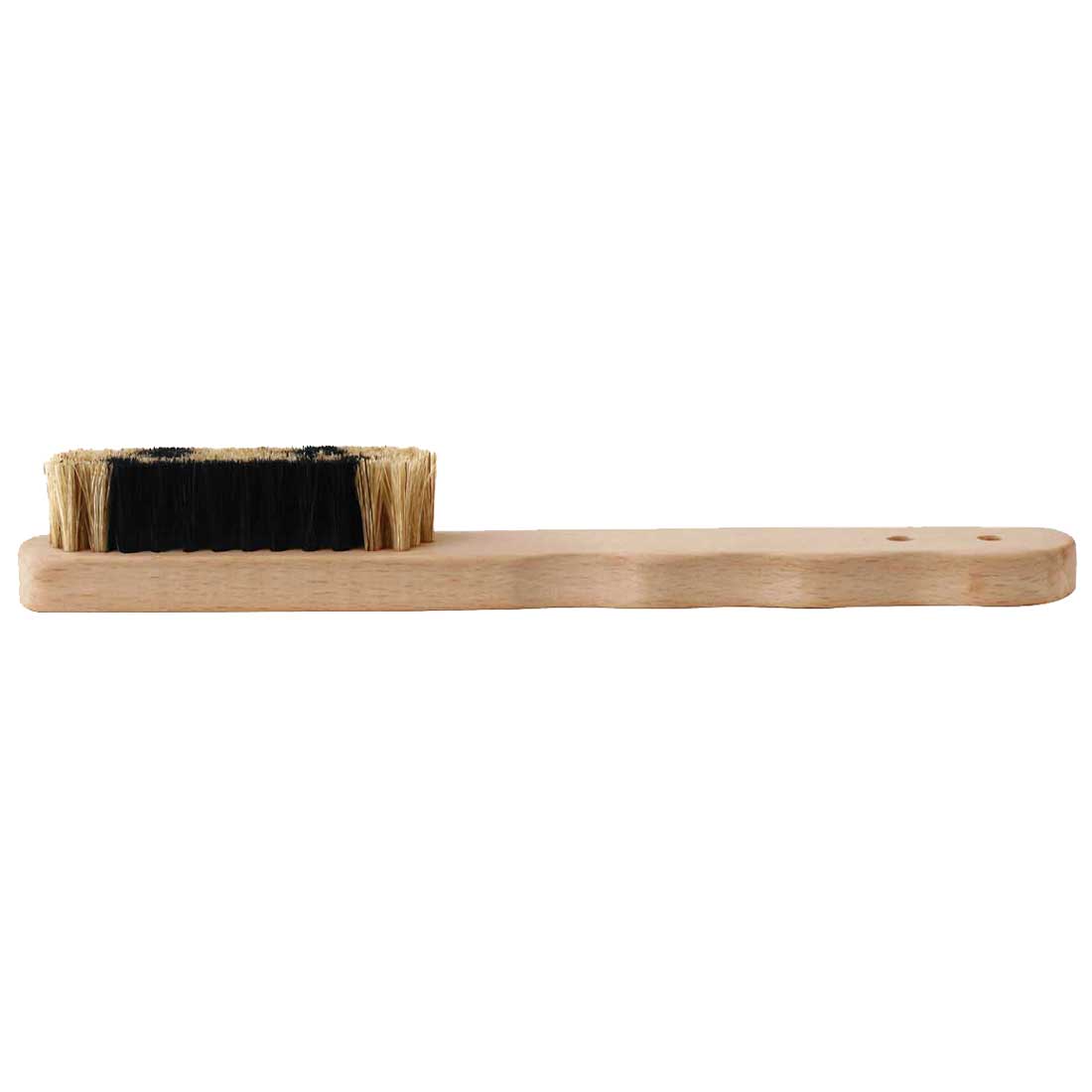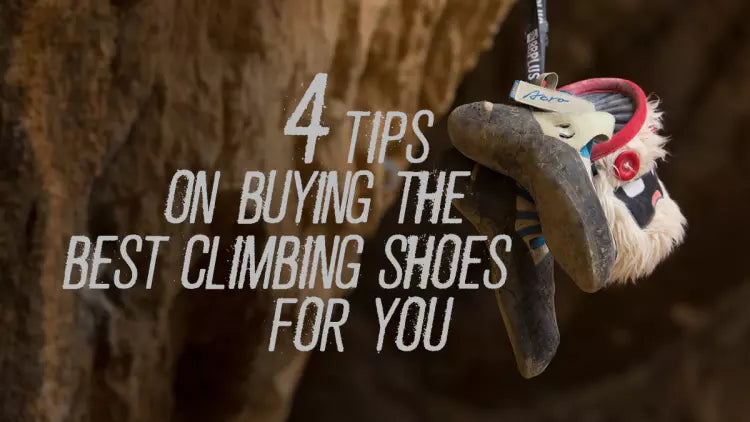
4 Tips On Buying The Best Climbing Shoes For You
The best climbing shoes will ensure your comfort and safety while you brave even more challenging terrain.
Imagine, you’re halfway through a climb and all of a sudden your foot starts to hurt because your climbing shoes are too big. Or too thin. Or don’t have the right features.
Sure, you got a great deal online but maybe buying a pair without trying them on wasn’t the best idea.
It’s easy to understand why climbing and bouldering have become so popular recently. Not only is it a fun way get your cardio and strength training in one workout, but there are also mental benefits like reduced stress and improved problem-solving skills.
To get the most out of your climbing adventures, you need to have the right gear, and that includes the best shoes.
What is Your Climbing Style?
A mistake that many beginners make is thinking that there must be a climbing shoe out there that is the best money can buy. It is just not right.
Before you can move on to our other tips, the first thing you need to think about is thetype of climbing you are doing. Are you interested in bouldering or top-rope climbing at indoor gyms? Or do you prefer sport climbing or traditional climbing outdoors?
This preference will dictate the type of shoes you should buy.
Choose a Type of Climbing Shoes
There are three types of climbing shoes; neutral, moderate and aggressive.
The neutral climbing shoe is ideal for beginner or casual climbers. Their defining features are a comfortable thicker sole compared to the other styles and a larger toe box, so your feet are flat (and not curled).
The moderate climbing shoe is an intermediate between the neutral and aggressive designs. Instead of a flat toe box, these shoes are slightly down-turned to give you more power for challenging terrain. Additionally, the soles are thinner than the neutral shoes to provide a stronger grip on the rocks
Finally, the aggressive style features the thinnest soles and an asymmetrical down-turned design -this is to give you the most power in your feet. However, since your feet cannot be flat, they may be uncomfortable for long climbs. The thin soles also wear out more quickly compared to the other designs.
Must Be The Right Fit!
Once you’ve chosen the type of shoe you want, select models made from different materials. When trying them on, you want your toes to feel snug or even be a little curled.
Climbing shoes are notorious for stretching, and if your shoes are too big, they’ll feel loose after just a few climbs.
As a general guide, leather shoes will stretch more than synthetic shoes, but it is best to ask the staff at the climbing shop about each model you’re thinking of buying.
A Few More Details
We could write an entire article on closures and lasts, but what you need to know is that there is a lot of variety and you should choose based on your climbing activity and level of expertise.
For closures, there are three styles: lace-up, strap and slip-on. They offer different benefits like the lace-ups can be loosened if your feet are prone to swelling and the slip-on help your feet get stronger because of their thin soles.
The last is the model that the shoe’s shape is based on, and there are two styles: slip-lasted and board-lasted. Slip-lasted shoes are better for advanced climbers as they are moresensitive whereas boast-lasted are stiffer making them less painful but more comfortable.
Once you’ve chosen the right climbing shoes for you, check out 8BPlus for all your other climbing accessories!
